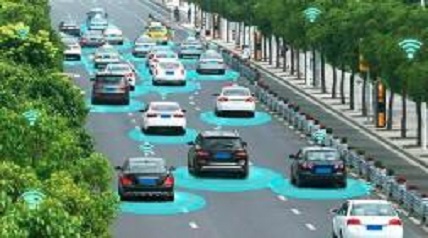ZHU Yan,LI Hongwei,FAN Chao,XU Donghao,SHI Fanglin
Taxi Global Position System(GPS) data contain macro information about the behavior of urban traffic and moving object behavior,from which valuable anomalous trajectory patterns can be mined.The location,geometry and travel time are taken as the spatial and temporal characteristics of the taxi trajectory respectively.According to the deviation of the feature,the trajectory anomalies are divided into temporal,space and spatio-temporal outliers.The trajectories of the same starting and ending points are extracted from the trajectory data,and are partitioned into segments.The similarity between trajectories is calculated and clustering based on distance and density is carried out.Frequent and the sparse trajectories are preliminary separated by the spatial characteristies.Based on kσ criterion,the separation threshold of temporal anomaly is determined to realize the classification of the temporal characteristic,and finally the trajectory outlier detection of the taxi is realized.The experimental results show that the method can extract personalized route as well as abnormal parking location and traffic section from abnormal trajectories,providing reference information for intelligent transportation as well as efficient logistics planning and execution.

